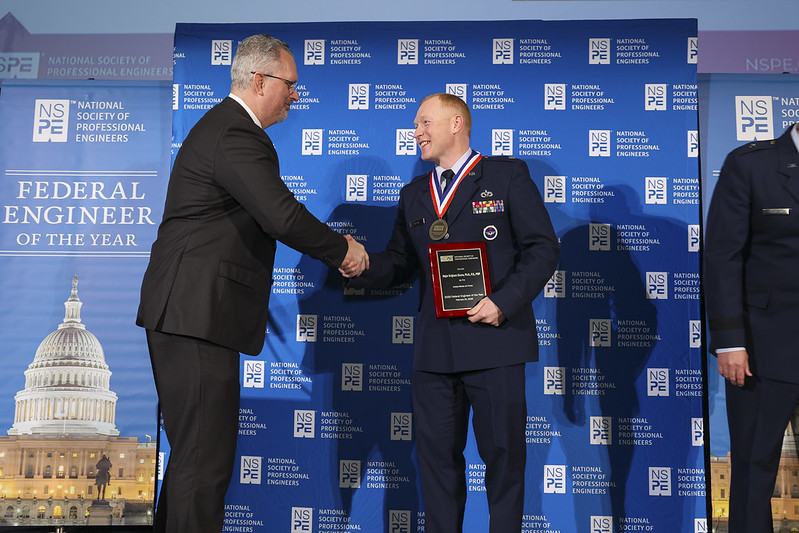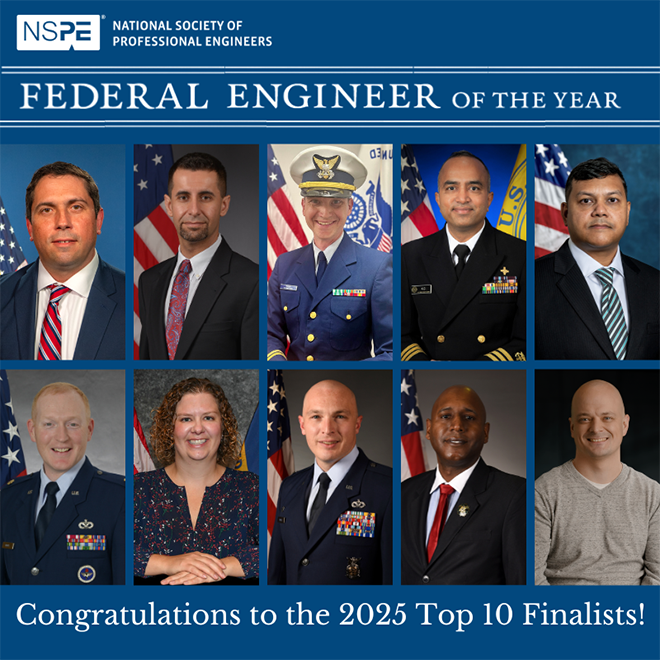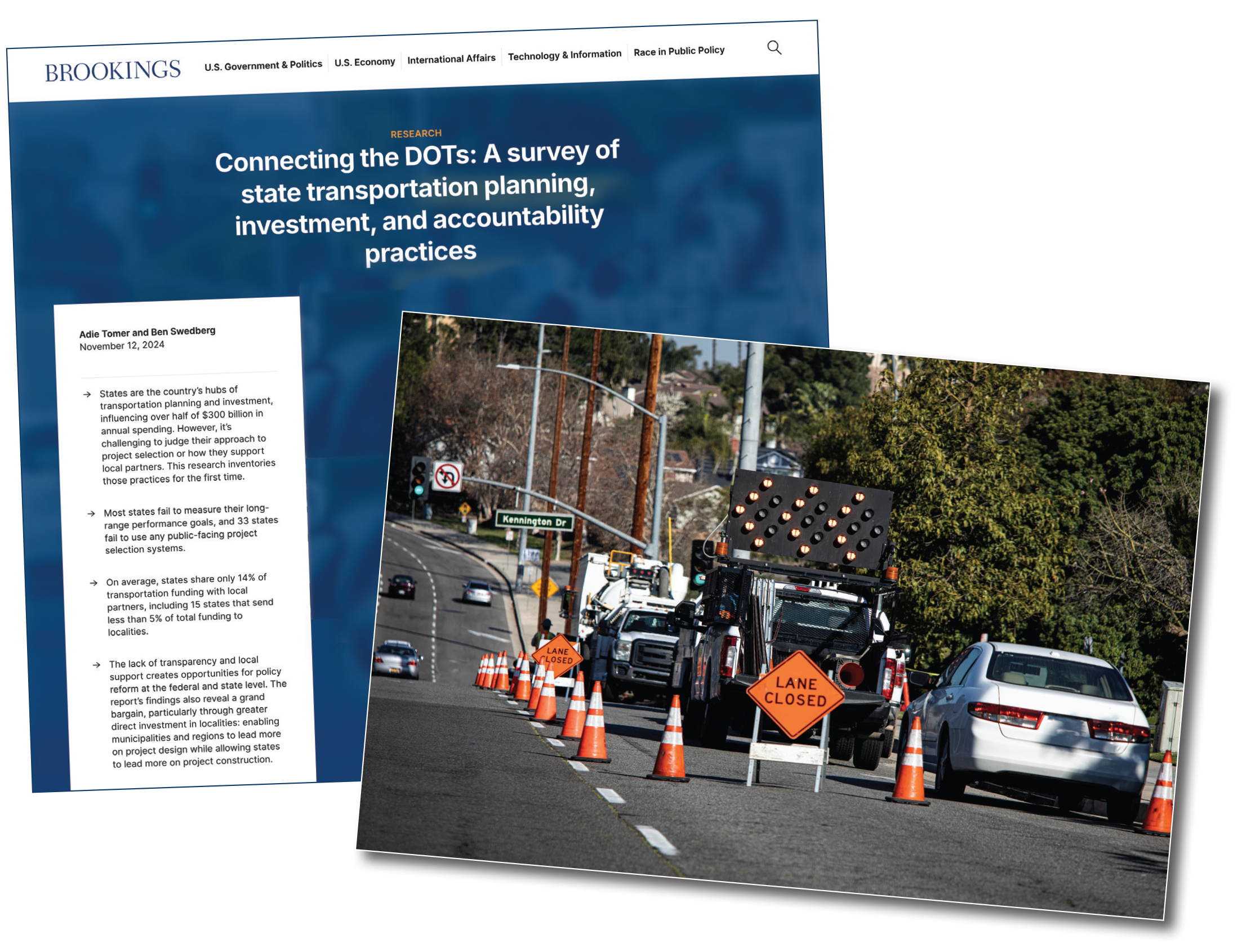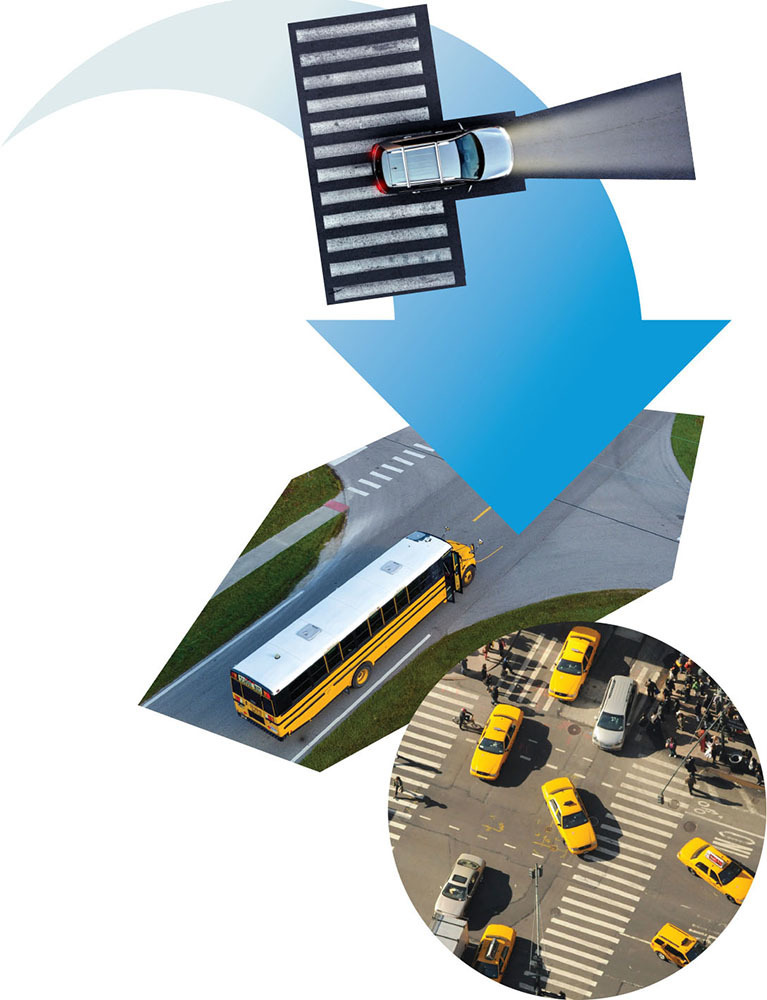March 2014
COMMUNITIES: GOVERNMENT
As Funding for Infrastructure Tightens,
Interest in PPPs Grows
 As federal spending decreases, local and state governments are looking at new ways to fund infrastructure. One strategy gaining attention is partnerships with private companies.
As federal spending decreases, local and state governments are looking at new ways to fund infrastructure. One strategy gaining attention is partnerships with private companies.
The nonprofit National Council for Public-Private Partnerships (NCPPP) defines a public-private partnership (PPP, or P3) as an arrangement between a public agency and a private sector entity that shares skills, assets, risks, and rewards.
PPPs have a long history in countries such as the UK and Australia. Although they’re not a new concept in the US, explains NCPPP senior fellow Richard Norment, their use has been increasing in the last 5–10 years with the squeezing of public budgets.
Patrick Sabol, a researcher in the metropolitan policy program at the Brookings Institution, notes that he is seeing “massive interest” in P3s. “We hear every day from mayors, governors, and staff, ‘How can we get more deeply involved?’” But the US market is “nascent,” Sabol says, with the country far behind others.
The public has scrutinized projects that went bankrupt or became political, he notes. Several years ago, the Professional Engineers in California Government, a union of state engineers not affiliated with NSPE, sued to stop a P3 plan for the Presidio Parkway. The group asserted that the plan increased costs and violated state law. It lost the case, and the project proceeded.
While Sabol believes there are “tons of success stories,” he stresses that the strategy will not work for all projects. (See sidebar.)
Transportation projects have been the most common type of P3, because tolling is an easy way for private companies to recoup funds, he explains. Water is a growing area of interest because of the need to update infrastructure and availability of built-in rate payers.
Another up-and-coming area is “social infrastructure”: public buildings, such as the Long Beach, California, courthouse. Even though the city’s partnership with AECOM may not have been the lowest cost option, Sabol explains, the advantage is the value for money. For example, climate control technologies will provide energy efficiency and save money over time.
Innovative ideas that can increase efficiency and drive down costs are key advantages with private partners, advocates say.
David Zelenok, P.E., chief innovation officer for the city of Centennial, Colorado, is one of those advocates. He’s been on both sides of the table—formerly serving as the city’s public works director and then working himself out of a job when the city contracted with CH2M Hill to operate its public works services.
The city compared its own costs with three bids. The one from CH2M Hill was “spot-on” says Zelenok. In addition, the company increased efficiency—for example by applying routing technology from the solid waste industry to snow plows. The city now receives an extra 93 miles of plowing at no additional cost.
Zelenok reports Centennial is very happy with the arrangement—and its fixed costs—and just signed a second five-year contract.
But some fear that P3s will cut jobs. Norment believes this is unfounded, because public engineers must provide oversight. In addition, the model only fits 15%–20% of projects at most, he says. “I don’t know of a single case where because of the use of PPPs, there has been a reduction in the number of public engineers,” he says.
States that want to use the P3 model need authorizing legislation. According to Norment, 34 states have laws on the books.
And Sabol believes the use of PPPs will continue to grow. “All the funding streams in the federal government are decreasing,” he says. “Localities are going to have to innovate; this is part of the innovation.”
NSPE’s Position
NSPE’s Professional Policy No. 2 on Recognition of the Engineering Function Within Government supports this type of outsourcing. It states, “It is recommended that governmental entities…be precluded from submitting or otherwise competing, directly or indirectly, for projects that are performable by the private sector, except as necessary to maintain their competency for their core governmental functions.”
Seven Keys to Success
P3 best practices include:
-
Public sector champions. Recognized public figures should serve as spokespersons and advocates.
-
Statutory environment. Transparency and a competitive proposal process should be delineated in the law.
-
Public sector’s organized structure. The public sector should have a dedicated team for PPP projects, which should be involved from conceptualization to final monitoring.
-
Detailed contract. This should include a description of the responsibilities, risks, and benefits for both partners.
-
Clearly defined revenue stream. This must be sufficient to provide return over the partnership’s term.
-
Stakeholder support. It’s important to communicate openly and candidly with stakeholders to minimize potential resistance.
-
Careful selection of partner. “Best value” is key, versus lowest price.
Source: National Council for Public-Private Partnerships


 Volunteering at NSPE is a great opportunity to grow your professional network and connect with other leaders in the field.
Volunteering at NSPE is a great opportunity to grow your professional network and connect with other leaders in the field. The National Society of Professional Engineers (NSPE) encourages you to explore the resources to cast your vote on election day:
The National Society of Professional Engineers (NSPE) encourages you to explore the resources to cast your vote on election day:




